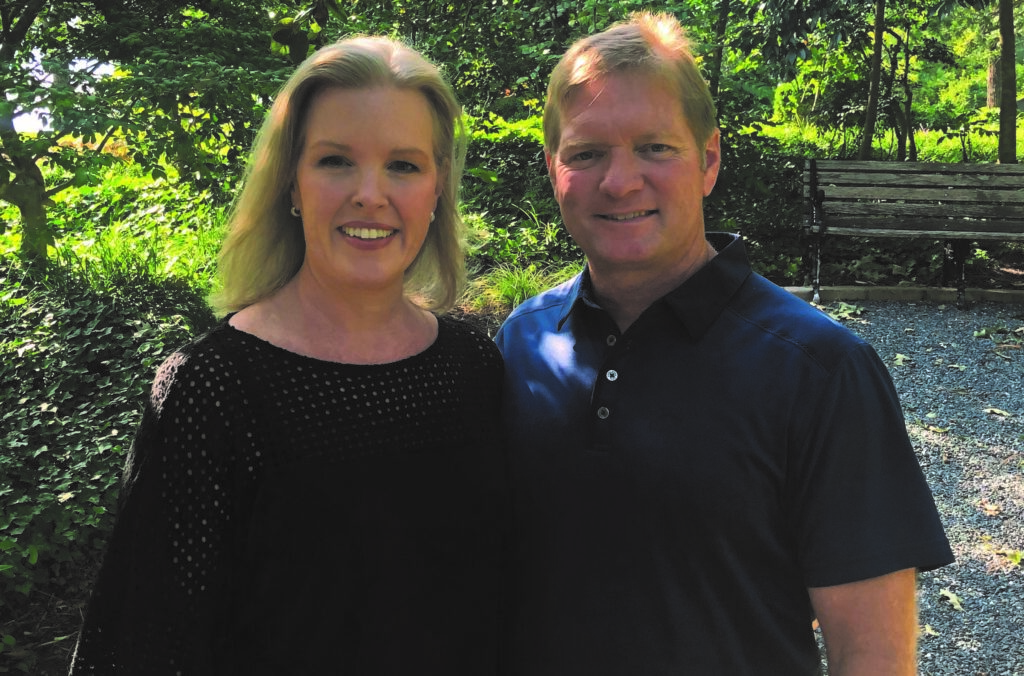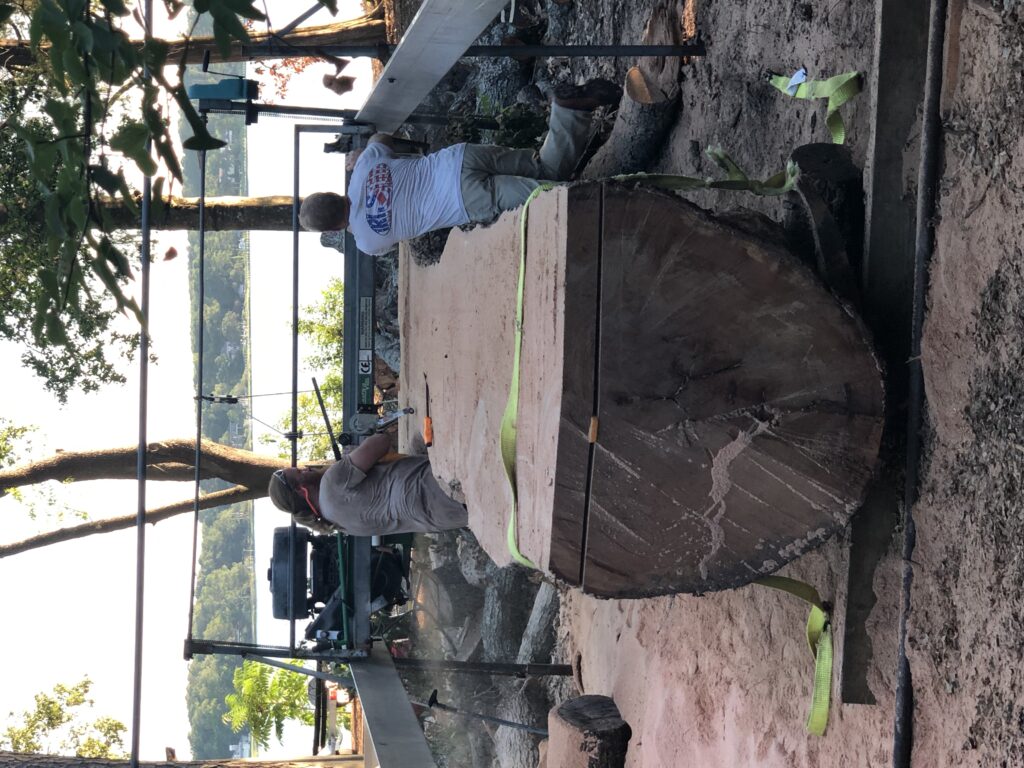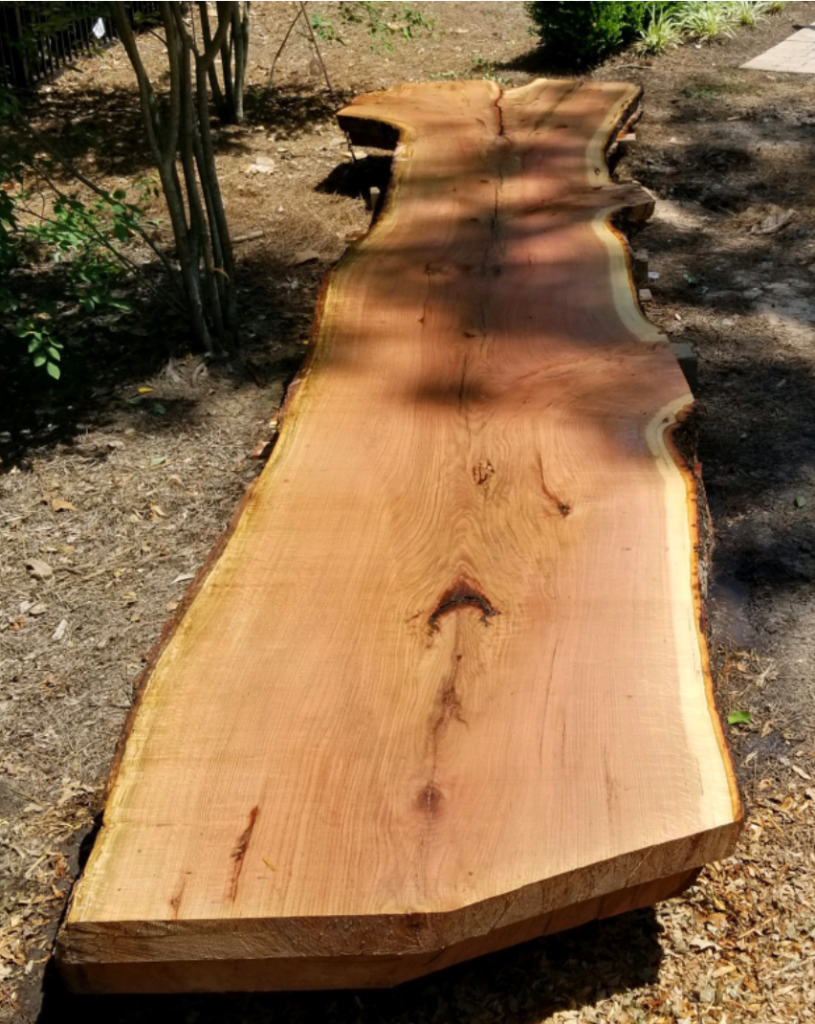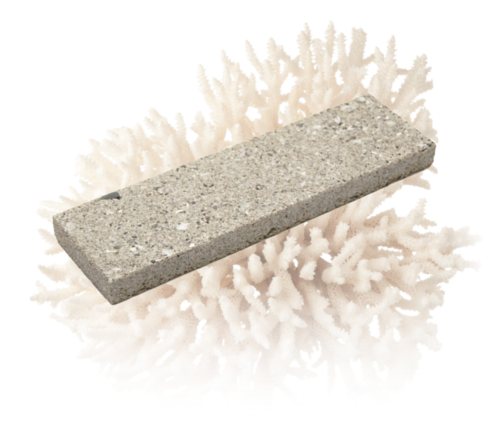For the Future
A smart design followed by green construction will lead Norfolk Botanical Garden into the future – a future that is bold, environmentally conscious and an educational resource in our fight against climate change.
Can you imagine a garden that grows it’s own cement?
It may sound out of the world, but it’s possible. The company Bio-Mason is able to grow cement using a technique similar to naturally growing coral.
We are fusing biology with technology to usher in a new era of construction.
We learned how nature grows one of its most robust and enduring structures: coral. Taking inspiration from marine ecosystems, we are eliminating the need to emit carbon to produce building materials. For over 200 years, traditional cement production has released carbon dioxide as a by product.
Our multi-patented process harnesses carbon the same way nature does, preventing emissions. We combine carbon and calcium to produce biocement.
—–Biomason



A Natural way to weather proof & preserve wood siding


Recycled decking
The decking material is being provided by Trex, a company based in Virginia and the world’s largest manufacturer of wood-alternative decking – made of 95% recycled materials.

About Trex
Trex Company, the world’s largest manufacturer of wood-alternative decking and railing, invented, defined and perfected the composite deck category. As a leader in high-performance, low-maintenance outdoor living products for nearly 30 years, Trex melds innovation with environmental responsibility and beautiful form with powerful function to fundamentally change the way we live outdoors.
Repurposing

Thank you
to NBG Board Member Stephanie McSweeney and her husband Joe. They are generously supporting the Garden of Tomorrow campaign and have also donated wood from their very large Red Oak tree – giving it a second life.
In her own words
Stephanie McSweeney, NBG Board Member
“Our Red Oak that we are donating to Norfolk Botanical Garden’s new visitor’s center has lived a long history here in Virginia Beach, overlooking the Lynnhaven River. I fell in love with this tree as soon as we found our home, as it had been glorious in past years. It was a popular outlook spot for a pair of Eagles, who would visit periodically to scan the waters in their midday stops. Vultures were a less welcome sight, but our tree gave respite to many varieties of birds on their way from one place to another. Within the last few years, it started to look a bit more fragile, and I feared it was possibly ending its lifespan. I asked Brent James, who founded the Virginia Notable Tree program, to tell me what he could about the history of this magnificent tree.
Mr. James arrived and was able to identify the Red Oak and, from his numerous calculations, estimated that it is approximately 225 years old! He also felt the tree was suffering from several different ailments that made its upright longevity somewhat uncertain. A sister tree had fallen before we discovered the property, having caused much damage in its descent. We certainly wanted to avoid that scenario.


We purchased our property from a family whose lineage had owned the parcel since the mid-1600s (that is a whole separate story!). They never wanted to sell this last bit, as they were saving it for historical/sentimental value to the family. They had been approached over the years by persons wanting to clear cut and develop, to which they were utterly opposed. The younger siblings of the original family came to visit us to inquire of our intentions. I assured them that I intended to nurture what remained, not remove it. They were able to meet our young children (at the time) and tell us about their experiences living here. They spoke of all of the beautiful plantings their mother had nurtured and treasured over the years, which trees they had climbed as children, and the stories of endless days playing in nature. I wanted to uncover all of their mother’s plantings and bring them back to health, as the property had been vacant for many years at that point. I shared in their feeling that a person is honored by what they leave behind in living plants and had no intention of removing anything that wasn’t completely necessary. In fact, in our ultimate renovation, we were faced with needing to decide the fate of a few cedars that were placed too closely. We chose to have them carefully planked and incorporated into the preservation of the Oyster House that was original to the property. This action of re-purposing made their family quite happy to learn that we intended to keep our promise.
We found ourselves feeling similarly, but with a much larger scale quandary, looking at the massive Oak that could threaten to come down at a time that we could not predict. I couldn’t imagine the property without it, visually as well as sentimentally. We decided to undertake the immense task of preserving as much of it that we possibly could. We were not yet sure of the final intention, but we wanted to find a newly treasured, continued life for such a noble specimen. With the help of an expert tree removal company, we (they) were able to carefully take down the enormous tree to prepare for our next step. My resourceful husband found a craftsman who helped him to mill the tree into huge slabs on site.

Second Life
We were told that planks need to “cure” an average of a year per inch of thickness to begin the drying process before kiln drying. It was during this time, with the Oak in neatly organized drying stacks on our property, that NBG’s design of the new visitor’s center began to take shape. We suddenly realized what a magnificent new purpose our “Virginia Notable Tree” could have for its second life. It could evoke such a warm welcome to explore Norfolk Botanical Garden’s world of plants and provide an excellent hands-on education to all visitors coming to see the beauty and increase their connection to nature. We are honored to share this Virginia Beach Notable Red Oak with others to see, enjoy, and hopefully foster a greater sense of appreciation for nature. It can also demonstrate that, when necessary, it is preferable to re-purpose, to continue to benefit from something’s inherent beauty, and learn from the quiet lessons it can teach us. I believe this once and forever majestic tree, teaches us to honor the past and save the future.”





